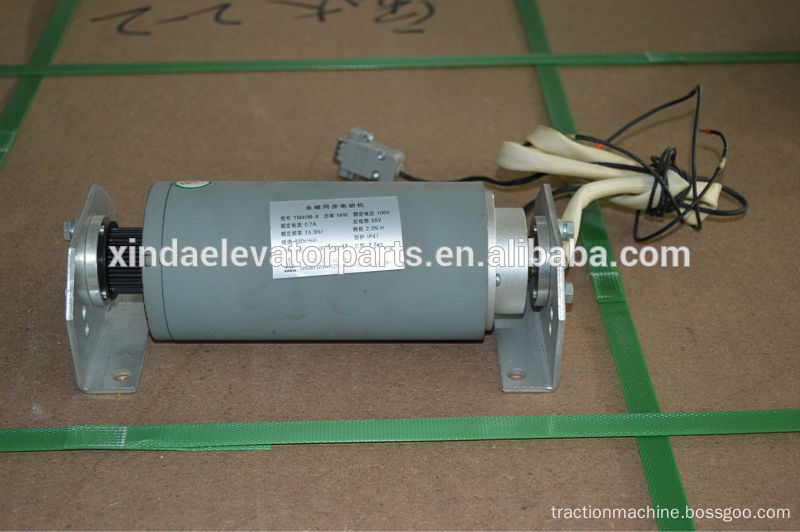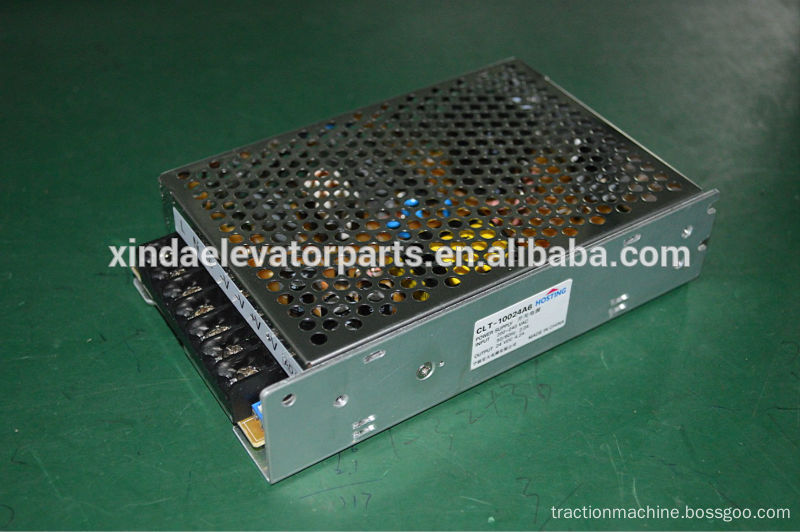Door Spare Parts, Safety Light Curtains, Elevator Guide Rail, Elevator Guide Shoe Ningbo Xinda Elevator Traction Technology Co., Ltd. , https://www.xinda-elevator.com
The main methods for floating copper and nickel are lime method, lime + cyanide, lime + steam heating, lime + bisulfite, lime + YFA (xanthoc acid), lime + dextrin. It is more effective to use the lime + steam heating method for the difficult-to-separate mixed concentrate. Here are a few ways to do this:
First, lime + steam heating method.
The slurry is added with lime and steamed. Under the action of high temperature steam (60-70 ° C), the adsorption of the nickel sulfide surface collector is easy to fall off, and the Ni(OH) 2 hydrophilic film is rapidly formed and suppressed. At the same time, the temperature of the pulp can accelerate the oxidation of the surface of the nickel mineral and prevent the yellow medicine from adsorbing on its surface.
Second, the lime + cyanide method.
Add lime to a small amount of sodium cyanide to inhibit pyrite and pyrrhotite. The role of lime is to desorb the xanthate adsorbed on the mineral surface; although sodium cyanide has an inhibitory effect on chalcopyrite, its buoyancy recovery is quite fast, while pentlandite and pyrrhotite are permanently inhibited by cyanide. Therefore, a higher copper recovery rate can still be obtained.
Third, lime + YFA (yellow humic acid).
The combination of lime and YFA is used to adsorb calcium ions on the surface of the pentlandite and interact with the YFA anion to form calcium fulvate, which enhances the inhibition of pentlandite. At the same time, the selection of Z-200 as a collector of scutellaria is an important factor.
Fourth, lime + dextrin method.
The inhibition sequence is to first inhibit the nickel-containing pyrrhotite and then inhibit the pentlandite. This method has achieved significant sorting results in the application of the Thompson plant in Canada and the Zallanti plant in Finland.
V. Examples of copper sulfide nickel ore flotation
Ore is a nickel, copper-based metal sulfide large deposit. The main metal minerals are pentlandite and chalcopyrite, followed by pyrite and pyrrhotite. The gangue is mainly serpentine and pyroxene, followed by carbonate and mica . Useful minerals are unevenly embedded and densely symbiotic.
The ore dressing plant adopts copper-nickel mixed flotation, and then uses copper flotation to separate copper and nickel, respectively, to obtain copper concentrate and nickel concentrate. The principle of its selection principle is shown in Figure 1. The final selection criteria are shown in Table 1. 
Figure 1 A copper-nickel ore selection principle process
Table 1 Final selection indicators
product
Specifications


The separation of copper and nickel mixed concentrates is all nickel-free float copper. Since the nickel pyrite, pyrrhotite nickel oxidation, thus enhancing the mixing and can enhance the effect of suppressing the inflator prior to separation.
element
Raw ore grade /%
Concentrate grade /%
Recovery rate/%
copper
nickel
0.40
0.65
26.50
5.84
65.30
90.60